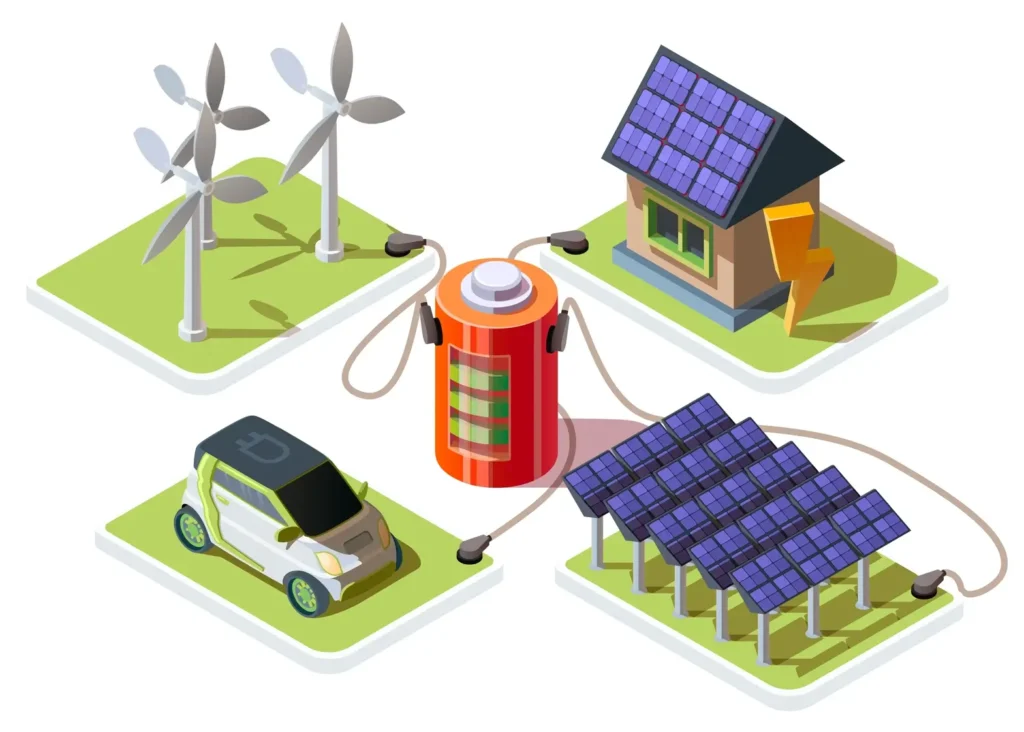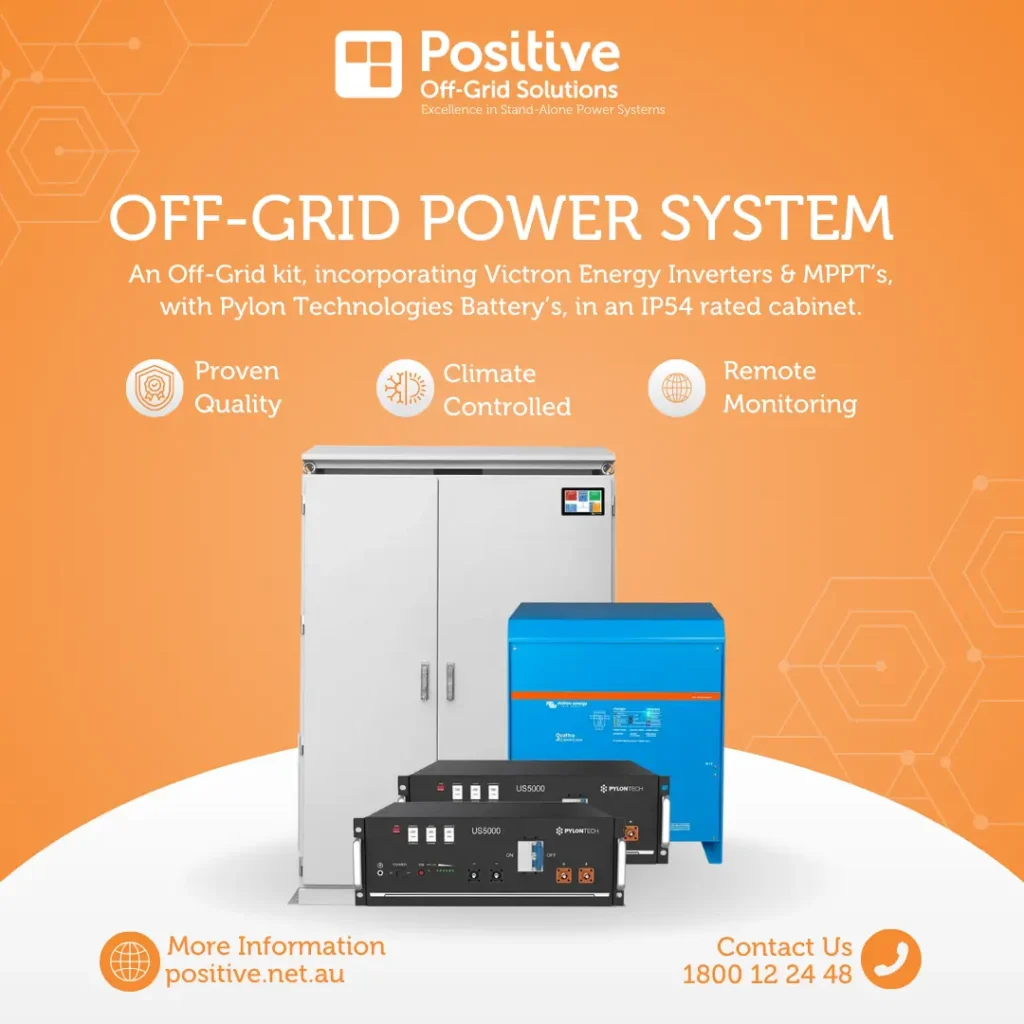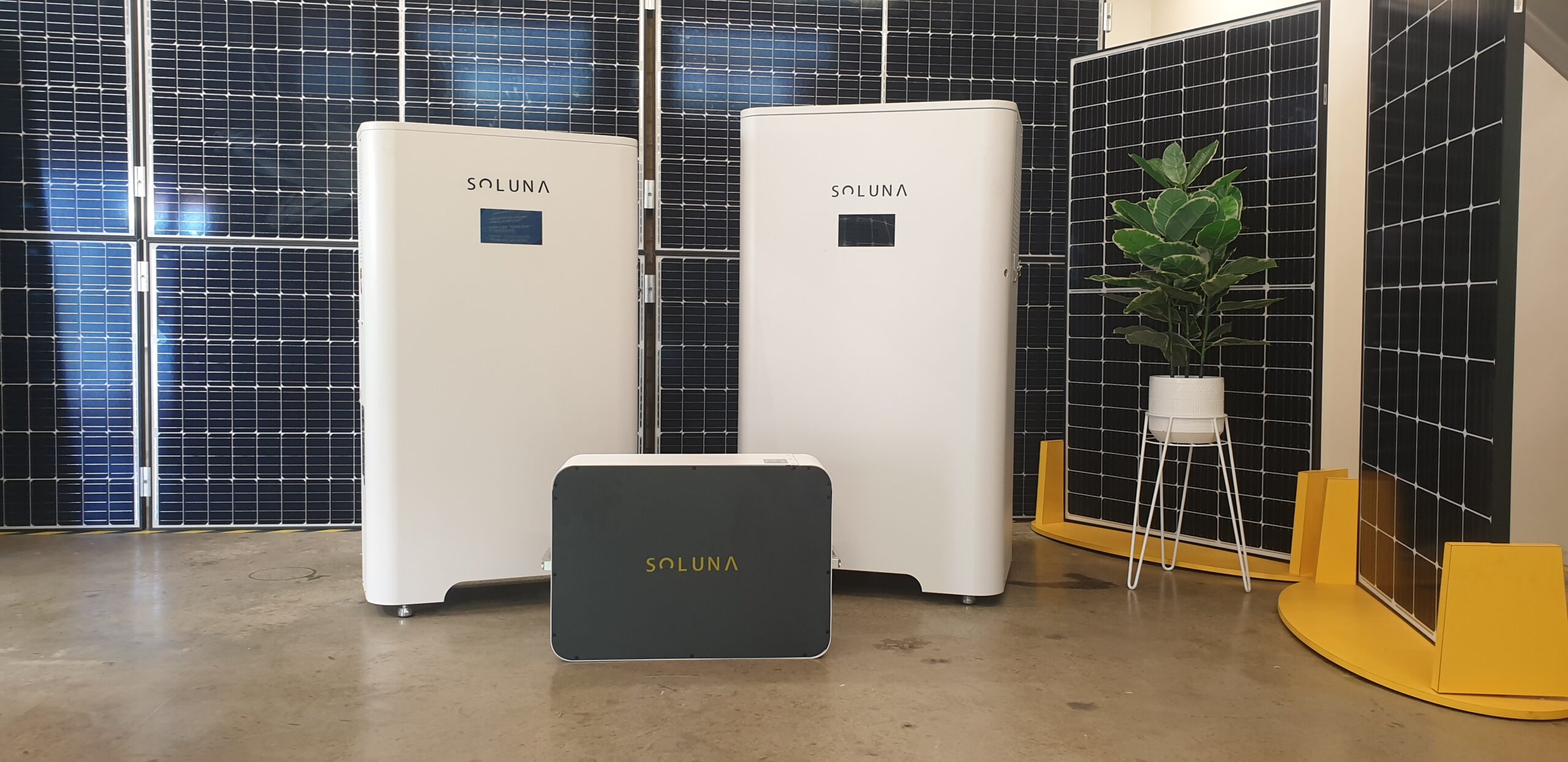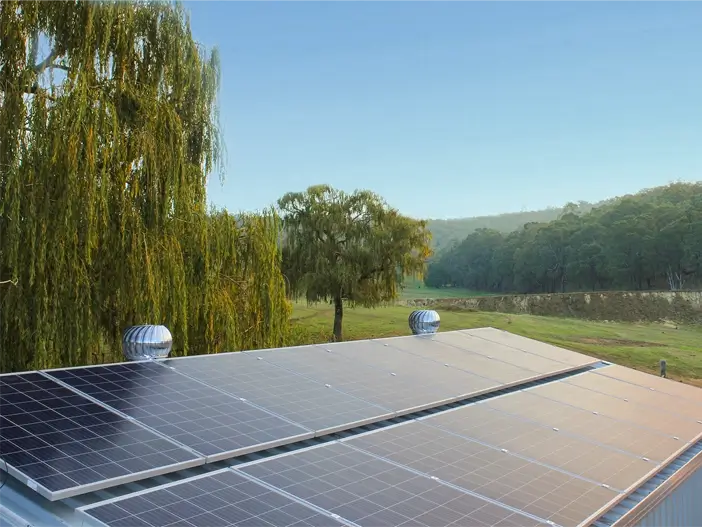
In the last few decades, the pursuit of portable, efficient, and long-lasting energy storage solutions has become more intense than ever. Among the plethora of options, the lithium battery stands out as a superior choice. Dive into the world of battery chemistry, and you’ll quickly realise that not all lithium batteries are made equal. From Lithium Iron Phosphate (LFP) to Lithium Titanate (LTO), different chemistries offer unique advantages and potential drawbacks. So, why are lithium batteries so good, and how do the different types compare? Let’s explore.
The Lithium Battery Advantage
Before diving into specific chemistries, it’s essential to understand what makes the lithium battery such a hot topic in energy storage. Compared to other battery types, lithium batteries generally:
- Have High Energy Density: They can store a significant amount of energy in a relatively small volume, making them ideal for applications where size and weight are crucial factors, like in mobile phones and electric vehicles.
- Offer Long Cycle Life: A well-maintained lithium battery can provide thousands of charge and discharge cycles.
- Exhibit Minimal Memory Effect: Unlike some other battery chemistries, lithium batteries don’t suffer from the dreaded “memory effect,” which can reduce the total energy storage over time.
LFP (Lithium Iron Phosphate)
Pros:
- Safety: LFP batteries are known for their robust thermal and chemical stability, reducing the risk of overheating and catching fire. They’re often the go-to for large-scale applications where safety is paramount.
- Longevity: The LFP chemistry tends to have a longer lifespan compared to other lithium-ion batteries.
Cons:
- Energy Density: While they’re safe and durable, LFP batteries usually have a slightly lower energy density than other lithium-ion counterparts.
LTO (Lithium Titanate)
Pros:
- Rapid Charging: LTO batteries can be charged incredibly fast compared to other lithium battery types.
- High Cycle Life: These batteries can endure more charge and discharge cycles, which means they might last longer in certain applications.
- Wide Operating Temperature: LTO batteries function well in both extremely cold and hot environments.
Cons:
- Lower Energy Density: The quick charge and high durability come at the cost of a slightly reduced energy capacity.
Other Lithium Battery Types
Beyond LFP and LTO, several other lithium chemistries are worth mentioning:
- Lithium Cobalt Oxide (LCO): Found in many consumer electronics due to its high energy density but has potential safety concerns if punctured or charged improperly.
- Lithium Manganese Oxide (LMO): Known for its thermal stability and power output, commonly used in power tools and hybrid vehicles.
- Lithium Nickel Manganese Cobalt (NMC): A balanced chemistry offering both high energy density and stability. It’s often seen in electric vehicles and e-bikes.
Which Lithium Battery is Right for You?
Selecting the right lithium battery depends largely on the application. If you need rapid charging in extreme temperature conditions, LTO might be your top pick. On the other hand, if safety and lifespan are your primary concerns, LFP could be the winner. For everyday consumer electronics where energy density is paramount, LCO or NMC might be more fitting.
Conclusion
The diverse landscape of lithium battery chemistries is a testament to the versatility and adaptability of this technology. As research continues and technology evolves, we can only expect to see even more refined and application-specific lithium battery solutions. One thing’s for certain: the lithium battery’s dominance in the energy storage world is well-earned. Its blend of high energy density, longevity, and versatility makes it a cornerstone of modern technology.
Whether you’re seeking a power solution for your mobile device, electric vehicle, or renewable energy system, there’s likely a lithium battery perfectly tailored to meet your needs.








